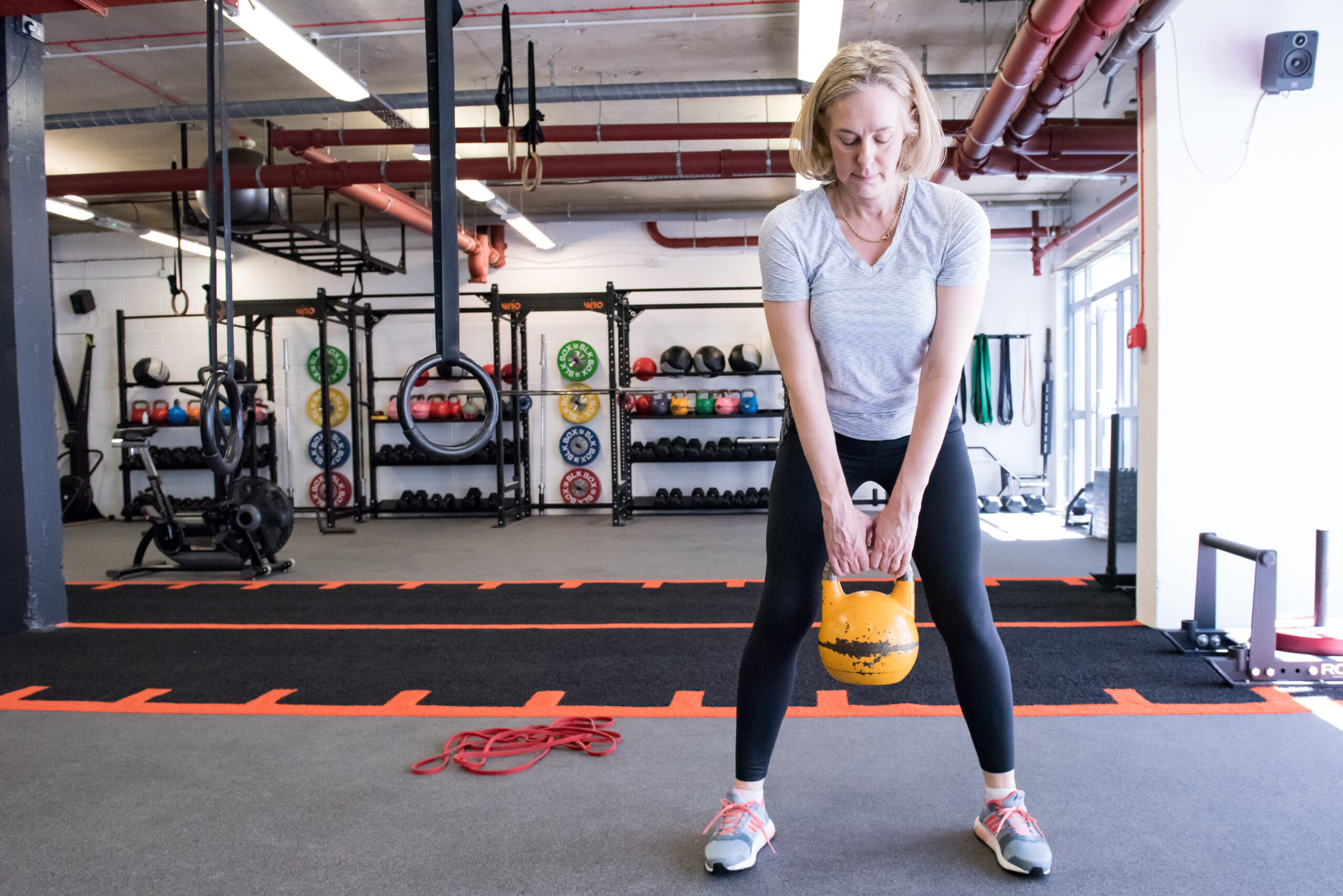
Categories
Training In Your 50’s Compared To Your 30’s: Does Anything Need to Change?
Can you delay or even reverse the ageing process with exercise?
There’s no hiding from the fact that our bodies ultimately deteriorate with age. Everyday tasks become more of challenge and we don’t have the same energy that we used to. Without intervention and physical exercise, the body won’t perform as well as it once did.
Outlined below are some of the main effects that ageing has on the body and why that matters:
Decrease in muscle mass and function
There’s a gradual loss of skeletal muscle from around the age of 30. This effects strength, power, endurance, and muscle mass decreases. Muscle strength decreases by approximately 30% between the ages of 50 and 70.
Resistance training will help promote muscle growth which will improve strength, posture and balance.
Changes in metabolism
From the age of 20 there is a decline in BMR (basal metabolic rate: energy required to keep the body functioning at rest) at a rate of 1-2% per decade. This lower metabolic rate is primarily due to the loss in muscle mass. A 5lbs reduction in muscle can result in a 3-5% decrease of BMR per decade.
Therefore, preservation of muscle mass can increase your BMR, meaning you can eat more calories without gaining weight!
Changes in flexibility
As we get older joints become stiffer and unstable. This is due to changes in the elasticity of tissues and stiffening and shortening of ligaments, tendons, joints and muscles – all of which reduce mobility. Joint fluid that lubricates the joint decreases and can cause discomfort. Flexibility also decreases with inactivity. A lack of flexibility increases risk of injury to muscles around the joint and causes greater instability and loss of balance.
It’s vital therefore to continue with mobility and stretching exercises as you age.
Decrease in bone mineral density (BMD).
A loss of bone mineral density can lead to osteoporosis. There’s a much more rapid loss of calcium in women during the five years after menopause and women are three times more likely to develop osteoporosis than men. Training will improve (BMD) and so reduces risk of osteoporosis.
Exercise is important regardless of what age you are, but it’s arguably even more crucial once you reach 50 in order to combat the ageing process. This isn’t supposed to be a doom and gloom article – with the right exercise program you can not only delay the ageing process, but also reverse it.
While exercising in your 50’s doesn’t require you to train much differently to how you would in your 30’s, there are some factors to consider in order to make sure you get the most out of your training and stay injury free as you get older.
1.Recovery is key
As we reach our 50’s, our bodies can’t recover from intense exercise like it used to. Recovery time will vary from person to person, but if you find you’re consistently sore and low on energy, you may find that you need a greater recovery time between training sessions. You’ll also need to be more respectful of the recovery process – getting enough sleep with good hydration and a nutritious diet will aid in the regeneration and recovery process.
2.Strength training is more important than ever
With the natural decline of muscle mass and bone density as we age, weight training becomes vital in order to combat this ageing effect. Having more muscle mass and strength will also improve postural qualities and balance, and reduces the chances of being injured. Additionally, more muscle mass will mean a higher BMR, so body composition wise there’s going to be changes with more lean tissue and lower body fat.
3.Longer warm ups and more need for mobility
Ageing also means stiffer joints that aren’t as stable. This means that we can’t get away with getting stuck straight into the workout ‘cold’. A longer warm up with greater amounts of mobility at the start of the workout will be required in order to ensure your body is ready to exercise and prevent injury.
Additionally, more stretch and mobility sessions outside of your regular training sessions might be necessary in order to keep your body supple.
4.Quality of movement and good technique are vital
The dodgy squats and questionable reps that you may have been able to get away with a decade or two ago just won’t cut it when you hit 50. Movement quality is paramount if you want to keep your body injury and pain free. If you’re not nailing technique without weight, it’s probably not the best idea to put yourself in a comprising position where you can load the spine (i.e. Barbell back squats).
However, if you’ve been lifting for years, and your body is robust, go ahead and load the bar. If you’re newer to lifting, it’s worth using dumbbells and tempo (rate of muscle contraction) to create overload on the body.
In summary, training itself won’t need to be much different as you hit 50.
You may just need to be kinder to it, respect that it needs more recovery and accept that while you might not be crushing PB’s like you were in your 30’s; keeping your body strong, mobile and injury free are just as big wins as you approach your 50’s.
If you have any questions on the above or would like some advice on how we could help you with your fitness goal, don’t hesitate, visit our gym and try one of our small group personal training sessions.
Related Articles
- Fit at 50
- Fitness For The Over 50s
- Senior Fitness – It’s Never Too Late to Start
- Get Strong: Why Strength Training is Good for Mental Wellbeing
- Fitness Training & Nutrition – A Match Made in the Gym


